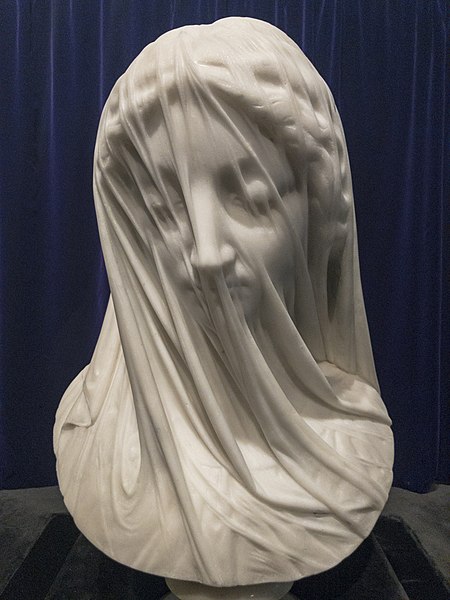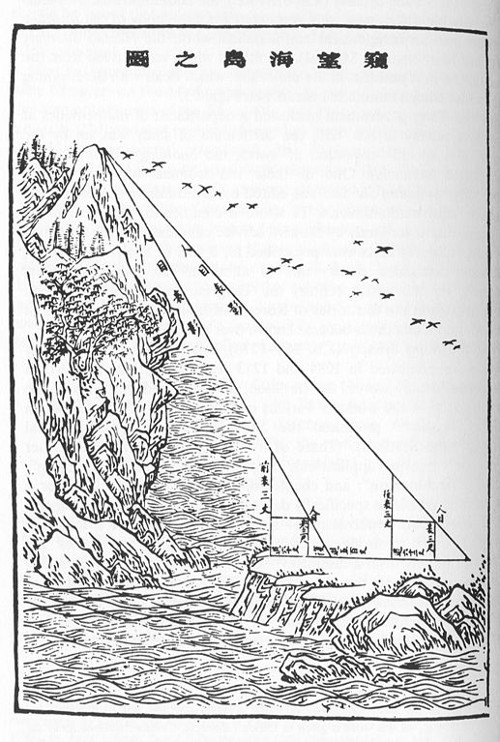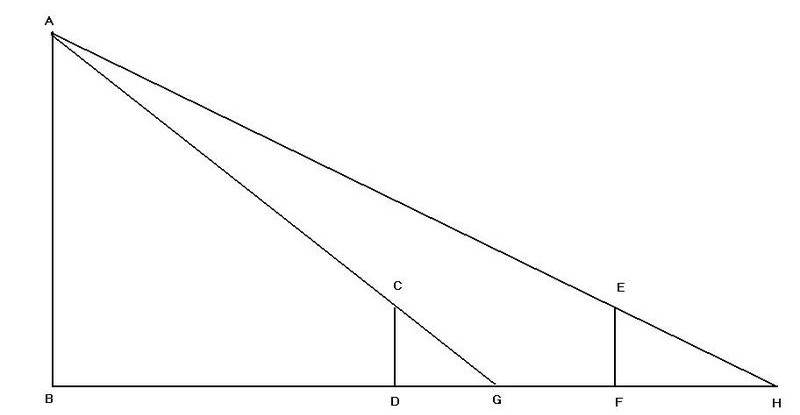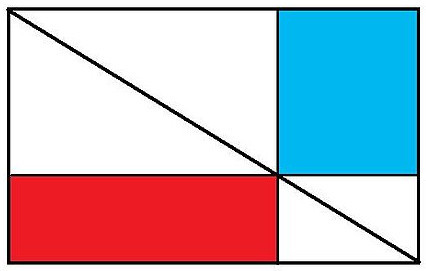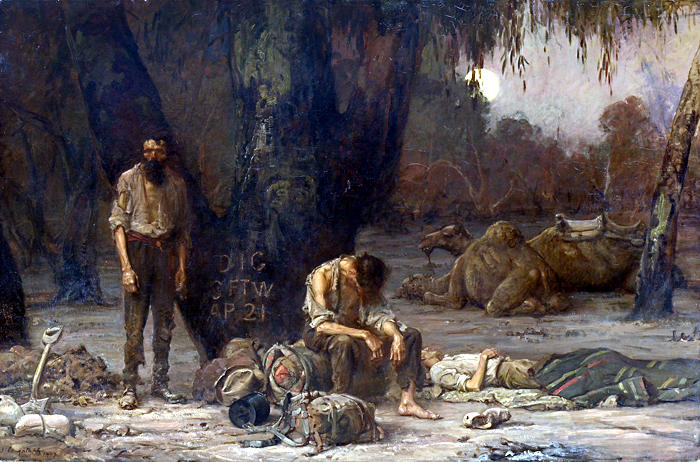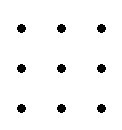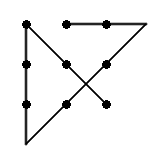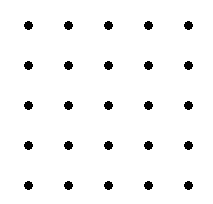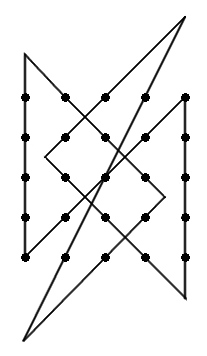
Before they departed on Apollo 16 in April 1972, lunar module pilot Charles Duke told commander John Young about an eerie dream he’d had. The two of them were driving the lunar rover toward the North Ray crater when they crossed a ridge and discovered a set of tire tracks. They followed them, and after an hour they came upon another lunar rover that had been standing on the moon’s surface for thousands of years. In it were two dead astronauts who looked like Duke and Young.
In folklore seeing one’s double can be an omen of imminent death, but Duke didn’t take it that way. “I felt kind of comfortable,” he said later. “I took parts from this other vehicle, to show to the people down at Houston.”
But the impression remained with him as the mission departed for the moon. “The dream was so vivid that when we were landing I looked out of the window to the north to see if there were any tracks on the surface of the moon,” he said. “The landscape was very similar to what I [had] seen in my dream.”
On April 23, he found himself driving the rover with Young toward the North Ray crater and couldn’t resist looking for a second set of tracks. There was none, of course, but while he was distracted the rover began to slide backward down the slope and he had to fight to keep it from overturning. When they came to a stop the rover’s tracks extended ahead of them up the slope.
Young said, “Charlie, you said you were going to see some other tracks on the Moon.”
